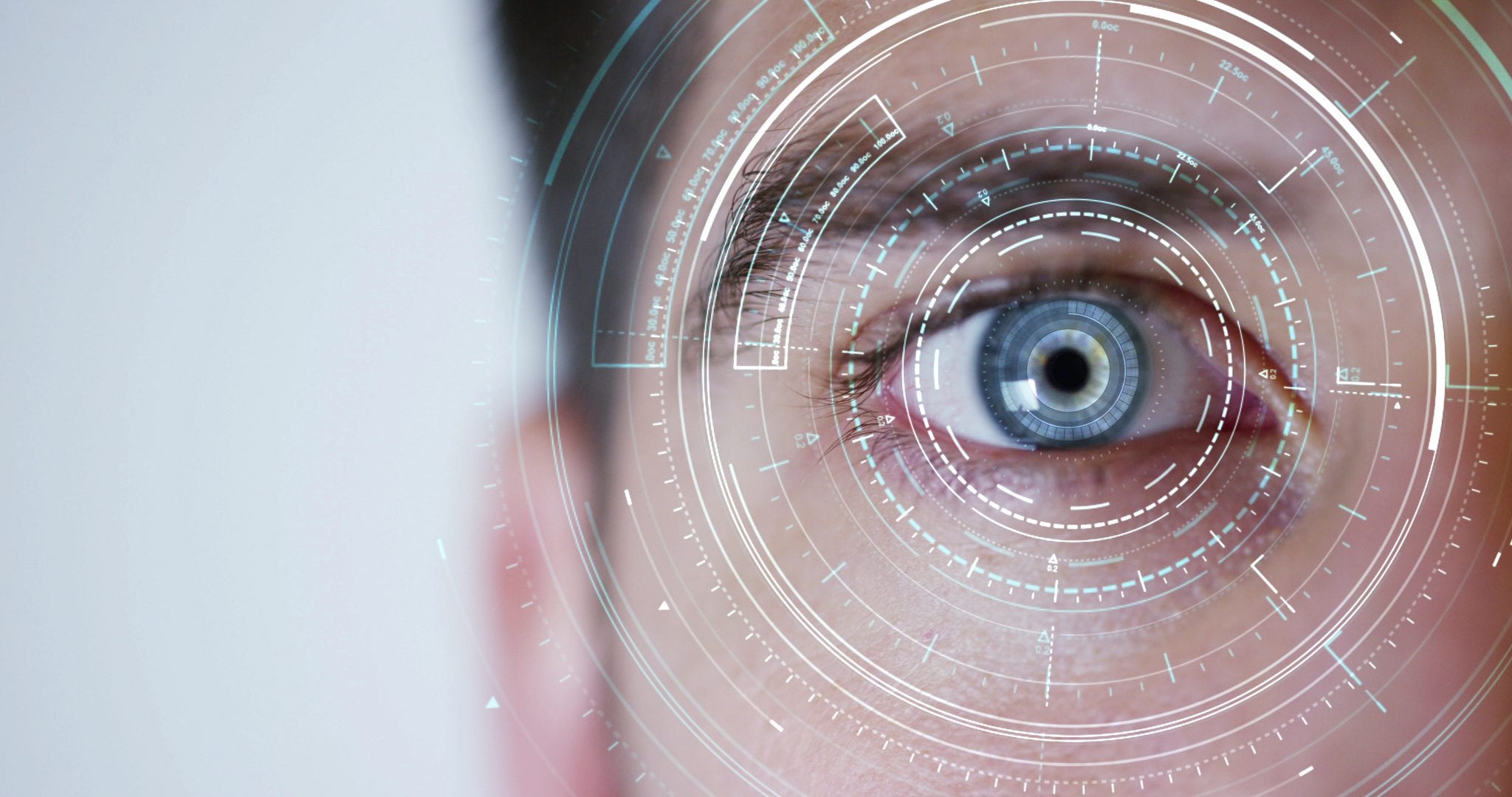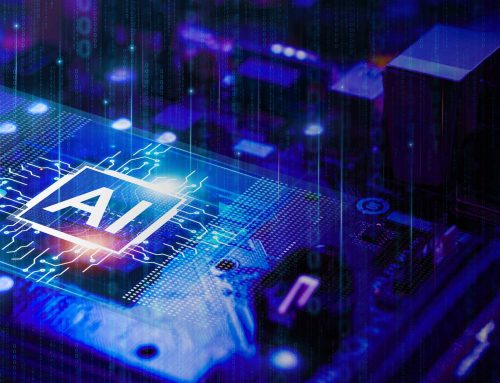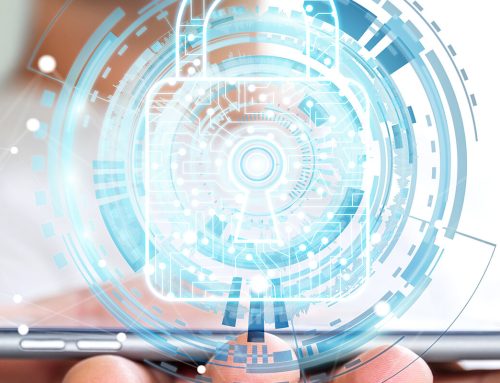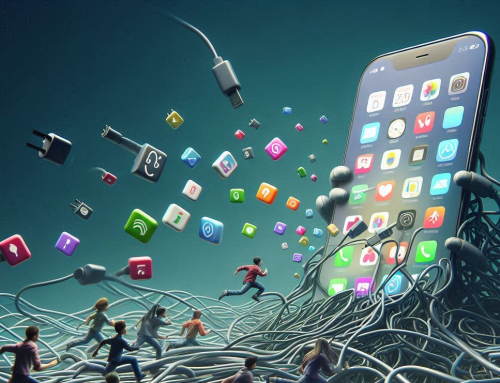Can you imagine a world where identity security solutions are so personalised, they are impossible to mimic or hack?
There are currently three common ways to prove a person’s identity. Firstly, by means of something they possess such as a key and secondly, by means of something they know; for example, a password. More recently, people have been able to authenticate their identities by means of what they are, using a set of recognisable and verifiable biological data which is unique and specific to them.
Faced with a rise in document fraud and identity theft, many are turning to new biometric technological solutions to keep personal data and assets secure. As a result, biometrics has quickly established itself as the most reliable way of identifying and authenticating individuals.
Previously reserved for sensitive applications such as the security of military sites, biometric identification has developed rapidly in recent years – with many applications in the public domain today making using of this technology. Take the iPhone as an example, which uses either fingerprint or facial recognition (depending on the model!) to unlock it.
One step further
Now, biometric technology is taking its next leap and progressing into the world of embedded microchips.
The signs have been there for a while: if there’s one trend in technology, it’s to go small and then smaller still. Computers have gone from desks to laps, while phones have gone from being tethered to the wall to fitting in back pockets. So, it was only a matter of time before these technologies became a part of us.
It is estimated that between 50,000 and 100,000 people currently sport an embedded microchip – enabling them to unlock their front door, start their car, access the office or buy lunch with a wave of their hand. The chip can even store their medical data.
Implanted between the thumb and forefinger, the tiny chips are similar to those used for pets. But while pets’ microchips help to identify them if they get lost, the aim of human microchips is to make life a whole lot more convenient.
Advanced security Epicenter, a ‘Digital Innovation House’ based in Sweden, began microchipping its employees in 2015 – allowing them to open doors, operate printers and buy food from the canteen using a simple scan-to-process function. While BioTeq, a firm which offers implants to businesses and individuals, has already fitted 150 of them in the UK.
But the question is: would you be willing to have a chip implanted into your skin?
Some people are understandably wary of these microchips and a number of complex challenges need to be addressed if biometrics technology is to effectively shape personal identity authentication applications.
There is some trepidation that staff could be coerced into being microchipped and that the technology could be used to control employees, for example. Unlike company swipe cards or smartphones which can generate the same data, a person cannot easily separate themselves from the chip either – so the invasion of privacy could also be an issue.
However, in terms of security, biometric data cannot be forgotten, exchanged, stolen or forged – making it much more secure than traditional methods such as passwords and key cards. And as these chips are developed further beyond the simple scan-to-function process, security will only improve. For example, using a multistage feedback network would enable the chip to grant people access to their computer – but only if it had already unlocked their front door that day.
Whether or not human microchipping will take off on a wider scale still remains to be seen but one thing is for sure: the next generation will expect businesses to adapt to this level of technology. So, it is vital to be ready for it.
To stay up to date with the latest news and advancements in security technology, follow Pro Drive IT on Twitter or LinkedIn.








